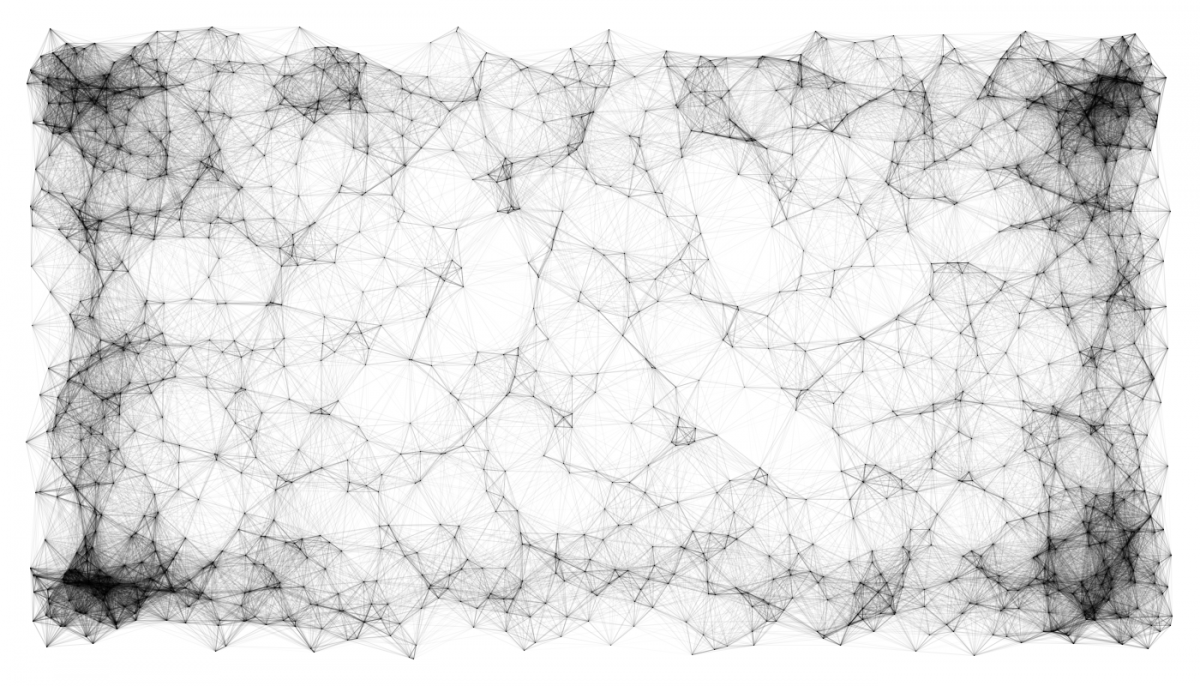In 1950, the British mathematician Alan Turing proposed a test for artificial intelligence that is still widely used today. The Turing Test, as it is nicknamed, assesses a machine’s ability to generate responses indistinguishable from a human. To pass, the machine must fool a person into thinking it is human at least 30% of the time during a five-minute conversation. The Turing Test is not a perfect measure of intelligence, but it is a useful way to compare the capabilities of different machines. And on that score, the latest artificial intelligence system from Google, called GPT-3, looks very promising. GPT-3 is the latest incarnation of a so-called “language model” developed by Google Brain, the company’s deep-learning research group. Previous versions of the model, known as GPT-2 and GPT-1, were released in 2018 and 2019, respectively. But GPT-3 is much larger and more powerful than its predecessors. To train GPT-3, Google fed it a dataset of over 300 billion words, which is about 10 times the size of the training data used to develop GPT-2. As a result, GPT-3 is far better at understanding and responding to natural language queries. In a recent test, GPT-3 was given a set of questions typically used to assess a machine’s reading comprehension. The questions were taken from the SQuAD 2.0 dataset, which is a standard benchmark for natural language processing systems. GPT-3 answered 95% of the questions correctly, while the best previous system, BERT, got only 93% correct. Similarly, GPT-3 outperformed all other systems on a reading comprehension test designed for elementary school children. On this test, GPT-3 was correct 94% of the time, while the best previous system got only 86% correct. These results suggest that GPT-3 is not only the best language model currently available, but also that it is rapidly approaching human-level performance on reading comprehension tasks. This is remarkable progress, and it suggests that GPT-3 could be used for a variety of applications that require reading comprehension, such as question-answering, summarization, and machine translation. But GPT-3 is not just a reading comprehension machine. It is also very good at generating text.
At this point of the article, an interesting question can be posed. Do you think that the first paragraph was written by the human or a machine? If you thought that the correct answer is human, it may indicate that GPT-3 truly is at the verge of passing the “Turing’s Principle”, as the texts created by it become less and less distinguishable from those written by humans. One of the main allures of this AI is the simplicity of use – first paragraph was generated using the prompt “Write a short article about Turing’s principle. Describe how emergence of GPT 3 has changed article writing. Use the style of ‘The Economist'” (the entire code can be found below; I truly recommend using this AI as opportunities offered by it are truly marvelous).
As GPT-3 has mentioned above, the Turing principle is an imperfect measure since it does not account for whether an AI is intelligent or is it just very skilled at imitating intelligence. This idea is encapsulated in the so called “Chinese room argument” (Searle, 1999). It is an idea which proposes a thought experiment – imagine that a person who does not know a single word in Chinese is locked in the room. In this room, there is a set of instructions which explain every single rule of how to translate a sentence in English to Chinese. A person is given an input in English and translates it to Chinese according to all of the rules present in the room. To an outside observer it may appear that the person is fluent in Chinese, as it is able to translate every single phrase from English without a single mistake. Similar dynamic applies to the artificial neural network mechanism upon which GPT-3 is based – GPT-3 uses 175 billion of different learning parameters to accurately predict and produce the text according to the user’s input (Floridi & Chiriatti, 2020). Based on those parameters it analyzes which words are associated with the ones used in the prompt, and gives the output based on this probability. But if it was just based on those probabilities, shouldn’t it produce a list of unconnected words? How is it able to produce a coherent text which adhere to all of the rules of English grammar? It uses the so called convoluted neural network (for a crude visualization take a look at the featured image) – an architecture which not only considers of probability of word being connected to the prompt text, but also the probability of one word appearing after the other (Bousquet et al., 2021). To give an example, after using the word “Alan Turing” GPT-3 calculates what is the most likely word to occur afterwards, taking into consideration all of the previous words – “In 1950, the British mathematician”. Since it associates 1950 with the past, and in the prompt, it is requested to describe Turing’s principle, it assesses that the word with the highest probability is “proposed” (The procedure has been simplified for the sake of this article). Therefore, most scientist assume that machines have not reached sentience and are unlikely to do so, at least as far as neural network architecture remains the most popular form of training AI. Now, I would like to pose the question: How close are we to reaching true, human-like artificial intelligence? Is it even possible, or machines will always remain powerful calculators which are really good at imitating it but will never be able to understand it?
Code used:
import openai
openai.api_key= “sk-47TvSdwMJaIpFh9E22znT3BlbkFJ8lCt41LoDMRHv7V*****” (If you want to use it u need to have an original API key, for more information visit https://beta.openai.com/overview)
length = 300
prompt = “Write a short article about Turings principle.Describe how emergence of GPT 3 has changed article writing. Use the style of ‘The Economist'”
response = openai.Completion.create(
engine=”text-davinci-002″,
prompt=prompt,
logprobs=1,
temperature=1,
presence_penalty = 1,
best_of = 5,
max_tokens=3000
)
print(response)
References:
Bousquet, O., Boucheron, S., & Lugosi, G. (2021). Introduction to Statistical Learning Theory. In Lecture Notes in Computer Science (including subseries Lecture Notes in Artificial Intelligence and Lecture Notes in Bioinformatics) (2nd ed., Vol. 112). Springer Verlag. https://doi.org/10.1007/978-3-540-28650-9_8
Floridi, L., & Chiriatti, M. (2020). GPT-3: Its Nature, Scope, Limits, and Consequences. Minds and Machines, 30(4), 681–694. https://doi.org/10.1007/S11023-020-09548-1/FIGURES/5
Searle, J. (1999). The Chinese Room. https://rintintin.colorado.edu/~vancecd/phil201/Searle.pdf


